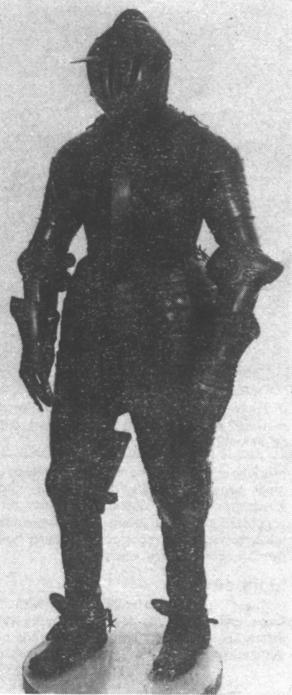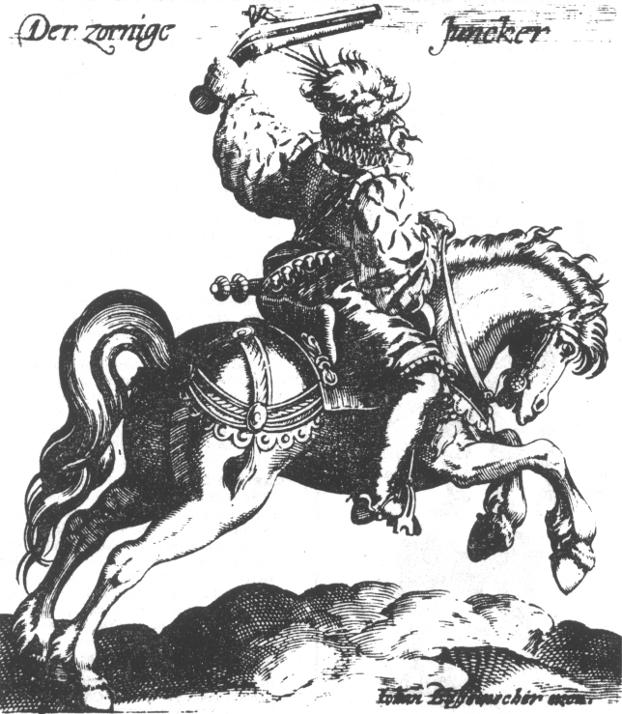
Register a SNAP EBT card with Amazon
Register a SNAP EBT card with Amazon Register a SNAP EBT card with Amazon |



 Burgundian horse armour (Bard) of the 16th Century, also in the Tower of London. |
 17th Century German cavalry armour in the Tower of London. |
 German horseman with wheel lock Faustrohre pistols, about 1600. [After Joseph Amman, 1578]. |

|
Previous: Part 4: The artillery by George Gush Next: Part 6: Henry VIII's army by George Gush Return to Contents of Renaissance Warfare by George Gush (Airfix Magazine Articles) |